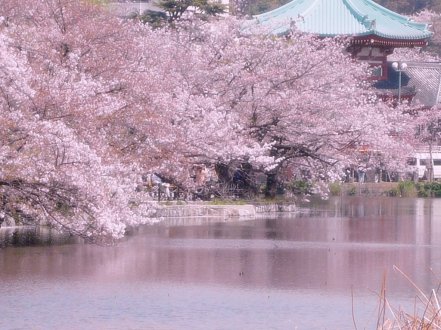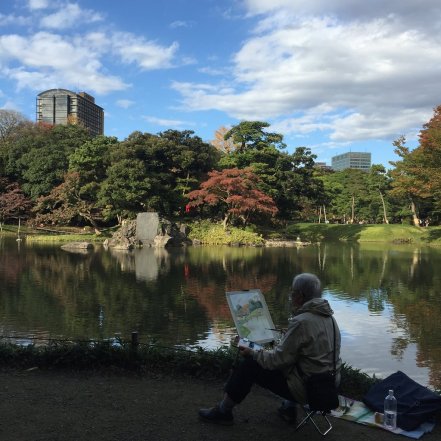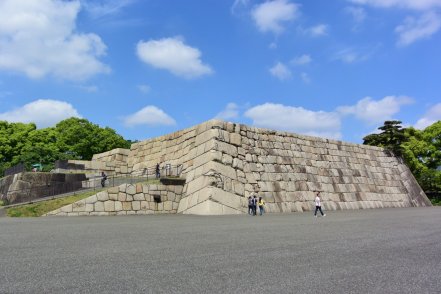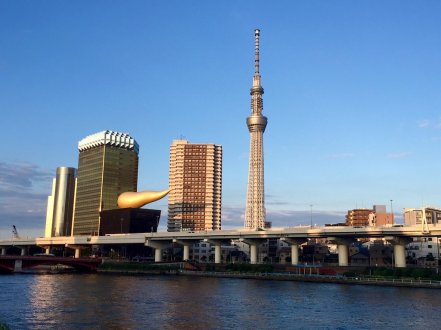Hamarikyu Gardens

A typical daimyo garden from the Edo period with a tidal pond and two duck grounds. A tidal pond is a style commonly us…

ログインとは、ご宿泊者様の情報を入力していただくとご滞在のお部屋で利用するスマートフォンとして登録することができます。
ご登録を行ったスマートフォンからルームサービスのご注文、アンケート、貸出美品の申請などを行っていただくことが可能です。
ご宿泊施設にてチェックアウトを行うと自動でログアウトが行われます。

A typical daimyo garden from the Edo period with a tidal pond and two duck grounds. A tidal pond is a style commonly us…

Until the end of the Edo period, it was the residence of Matsudaira Hizen no kami and others, but in the Meiji period i…

Yoyogi Park is the fifth largest metropolitan park within the 23 wards, and is divided across the road into Area A, whi…

Kiyosumi Garden is a “walking forest spring garden” that mainly consists of fountains, artificial hills, and dry landsc…

Shinjuku Gyoen is a modern Western garden representing the Meiji period, combining a French formal garden, an English l…

Ueno Onshi Park, which opened in 1873, was the first park in Japan to be designated as a park. The site area is approxi…

In the early Edo period, in 1629, Yorifusa, the founder of the Mito Tokugawa family, built the garden for his central r…

The Shiba Park area is one of the oldest parks in Japan. The grounds of Zojoji Temple during the Edo period were opened…

The East Gardens of the Imperial Palace are part of the Honmaru, Ninomaru, and Sannomaru of the former Edo Castle, and …

The Sumida River splits from the Arakawa River at the Iwabuchi Flood Gate in Kita Ward and flows north-south through se…